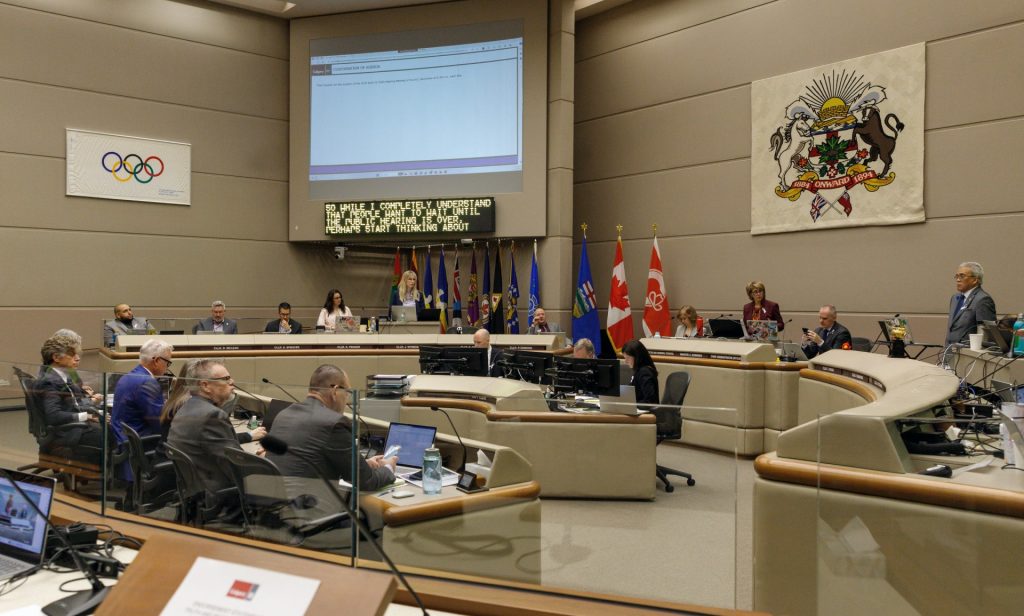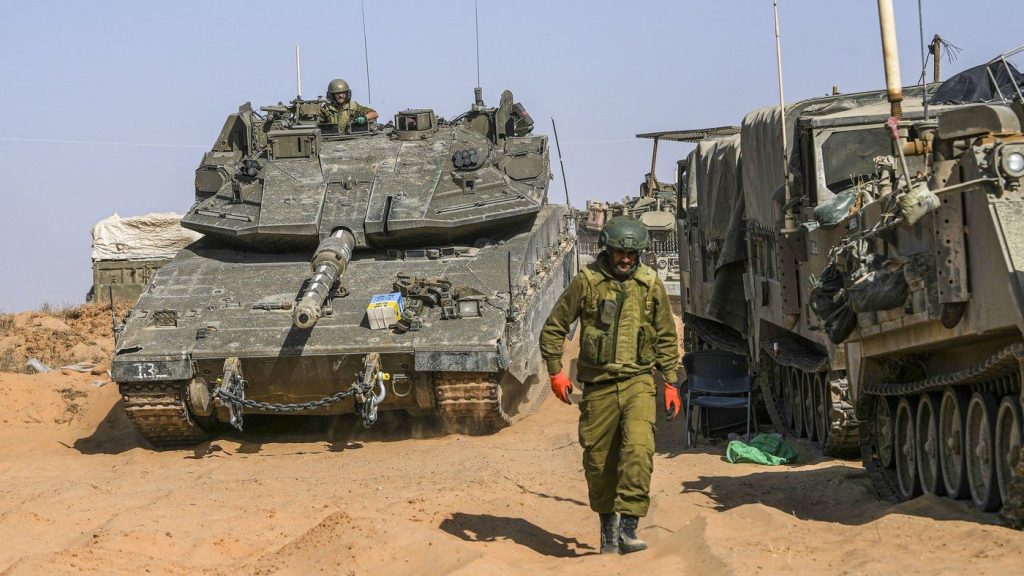Fort Mac wildfire crews have lung damage similar to 9/11 firefighters: study
Posted Jul 19, 2021 10:51 am.
Last Updated Jul 19, 2021 6:54 pm.
EDMONTON – Firefighters that battled the Fort McMurray wildfires of 2016 were found to have lung damage comparable to that of the first responders of 9/11.
A report from the University of Alberta suggests the persistent lung damage is similar even though the two disasters were very different in nature.
“Those who were dealing with burning organic matter were exposed to a barrage of small particles in the smoke, and the ones with the highest exposure have long-term consequences,” said principal investigator Nicola Cherry, an occupational epidemiologist, professor of medicine, and Tripartite Chair of Occupational Health in the Faculty of Medicine and Dentistry.
“At the World Trade Center, the exposure was mainly to inorganic dust, whereas in Fort McMurray it was burning vegetation, as well as buildings,” Cherry said.
Many firefighters battling the Fort McMurray wildfire did not have access to smoke-filtering masks and were exposed to even more smoke than others.
“It was an extraordinarily violent fire,” she said, adding that firefighters’ exposure was worst during the first week of the fire, which wouldn’t be declared out until a year later.
“It’s very difficult to rush uphill pulling equipment behind you if you have a heavy mask on that doesn’t let you breathe.”
The firefighters had more than double the risk of developing asthma compared to the general population.
And they also showed greater lung hyperreactivity and increased thickening of the bronchial wall.
Cherry and her team followed over 1,200 firefighters for three years following the fire.










